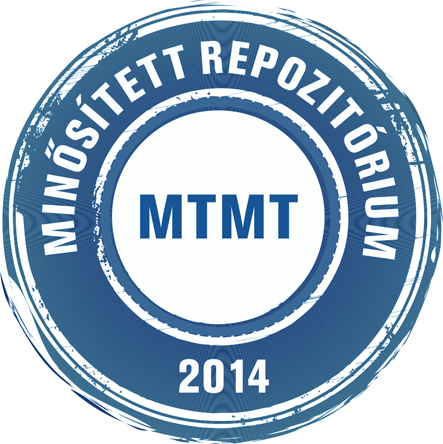Szpisjak László
Clinical and genetic characterization of hereditary ataxias.
Doktori értekezés, Szegedi Tudományegyetem (2000-).
(2022)
Előnézet |
Szöveg
(Disszertáció)
Download (13MB) | Előnézet |
Előnézet |
Szöveg
(Tézisfüzet)
Download (219kB) | Előnézet |
Előnézet |
Szöveg
(Tézisfüzet)
Download (215kB) | Előnézet |
Absztrakt (kivonat) idegen nyelven
Hereditary cerebellar ataxias (CA) are genetically heterogenous group of neurodegenerative diseases, the clinical hallmarks of which are gait and limb ataxia and dysarthria. In the last decades numerous novel disorders and their genetic background have been discovered, whereas the clinical features of some previously reported entities have broadened. The aim of the current research was to characterize and to describe some new aspects of the clinical phenotype of patients with hereditary ataxias and to identify the underlying genetic abnormalities. Our approach was started with a detailed patient history with some disease-specific aspects and followed by a thorough neurological physical examination to recognize cerebellar ataxia as a dominating movement disorder. After that, an extensive differential diagnostic process was performed with several examinations, including laboratory, neuroimaging and neurophysiological methods to exclude the possible acquired causes of CAs. After ruling out the secondary etiologies, different genetic tests were applied to reveal the causative genetic abnormalities of hereditary CAs. According to this procedure, novel pathogenic mutations were found in the following genes: SETX, AARS2, XPA, AFG3L2 and SYNE1. The rarity and the difficulty of recognition of these disorders are well illustrated by the fact that most of them were the first identified patients or families in Hungary. Besides the new genetic variants, exhaustive neurocognitive assessment was performed in the SYNE1 ataxia subjects and spinocerebellar ataxia (SCA) type 28 and xeroderma pigmentosum type A (XPA) families as well. The disturbances revealed by the neuropsychological examination were very similar to that found in other hereditary CAs and seems to be a part of cerebellar cognitive and affective syndrome. Additionally, device-aided eye-tracking investigation was carried out in SYNE1 ataxia subjects to characterize the parameters of their saccades and antisaccades and to compare them with the same eye movements of Friedreich's ataxia subjects anf healthy controls. This assessment demonstrated the high frequency of hypometric saccades, decreased saccadic velocity and large amount of incorrectly performed antisaccades, the latter demonstrating inverse relationship with working memory test results.
| Mű típusa: | Disszertáció (Doktori értekezés) |
|---|---|
| Publikációban használt név: | Szpisjak László |
| Magyar cím: | Örökletes ataxiák klinikai és genetikai karakterizálása |
| Témavezető(k): | Témavezető neve Beosztás, tudományos fokozat, intézmény MTMT szerző azonosító Klivényi Péter tanszékvezető egyetemi tanár, MTA Doktora, Neurológiai Klinika SZTE / SZAOK 10010436 Zádori Dénes egyetemi docens, Neurológiai Klinika SZTE / SZAOK 10028202 |
| Szakterület: | 03. Orvos- és egészségtudomány > 03.02. Klinikai orvostan > 03.02.26. Klinikai neurológia |
| Doktori iskola: | Klinikai Orvostudományi Doktori Iskola |
| Tudományterület / tudományág: | Orvostudományok > Klinikai orvostudományok |
| Nyelv: | angol |
| Védés dátuma: | 2022. március 01. |
| EPrint azonosító (ID): | 11169 |
| A mű MTMT azonosítója: | 32860681 |
| doi: | https://doi.org/10.14232/phd.11169 |
| A feltöltés ideje: | 2022. feb. 14. 16:27 |
| Utolsó módosítás: | 2023. jan. 12. 13:39 |
| URI: | https://doktori.bibl.u-szeged.hu/id/eprint/11169 |
| Védés állapota: | védett |
Actions (login required)
 |
Tétel nézet |

 Repozitórium letöltési statisztika
Repozitórium letöltési statisztika Repozitórium letöltési statisztika
Repozitórium letöltési statisztika



